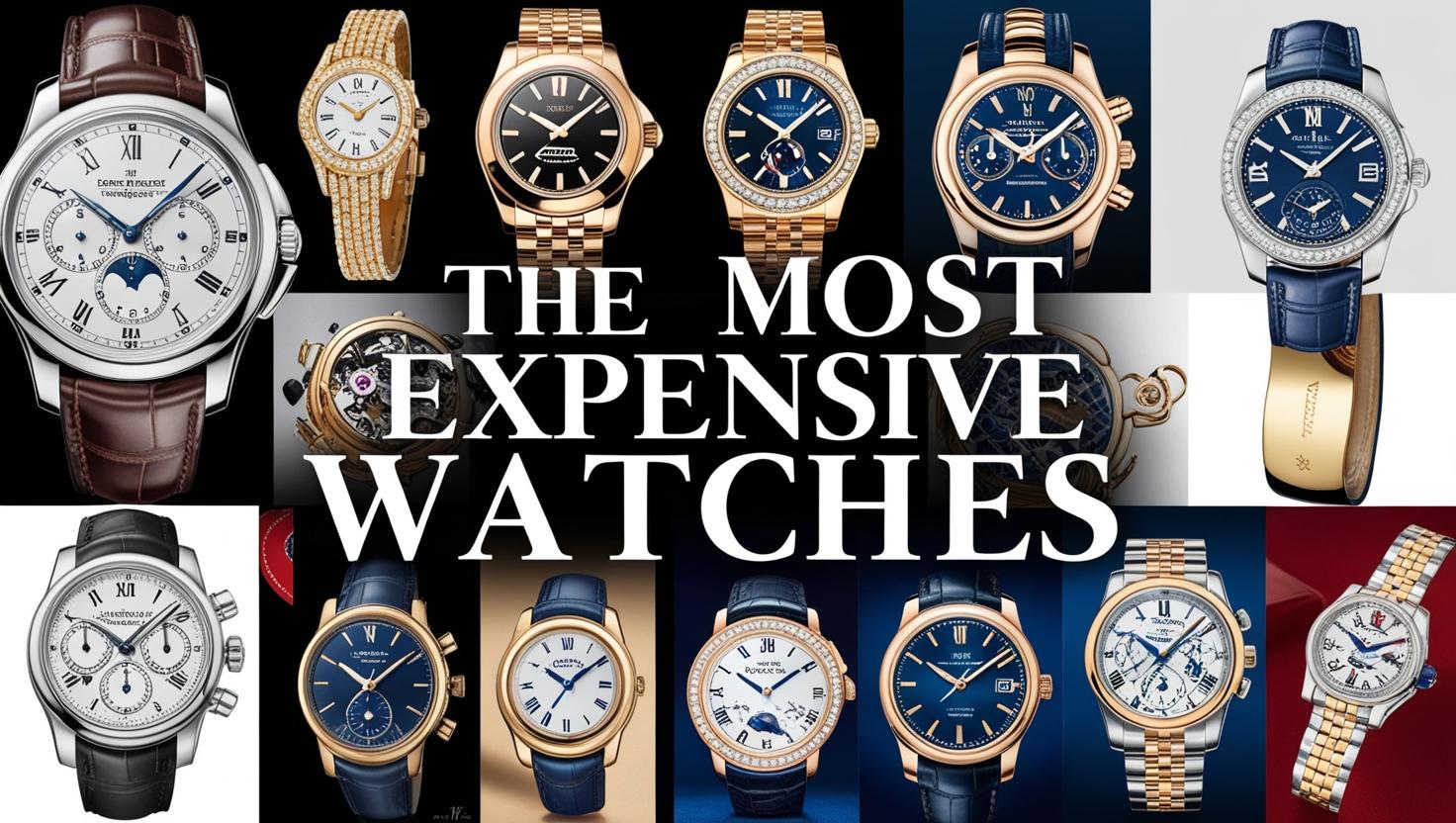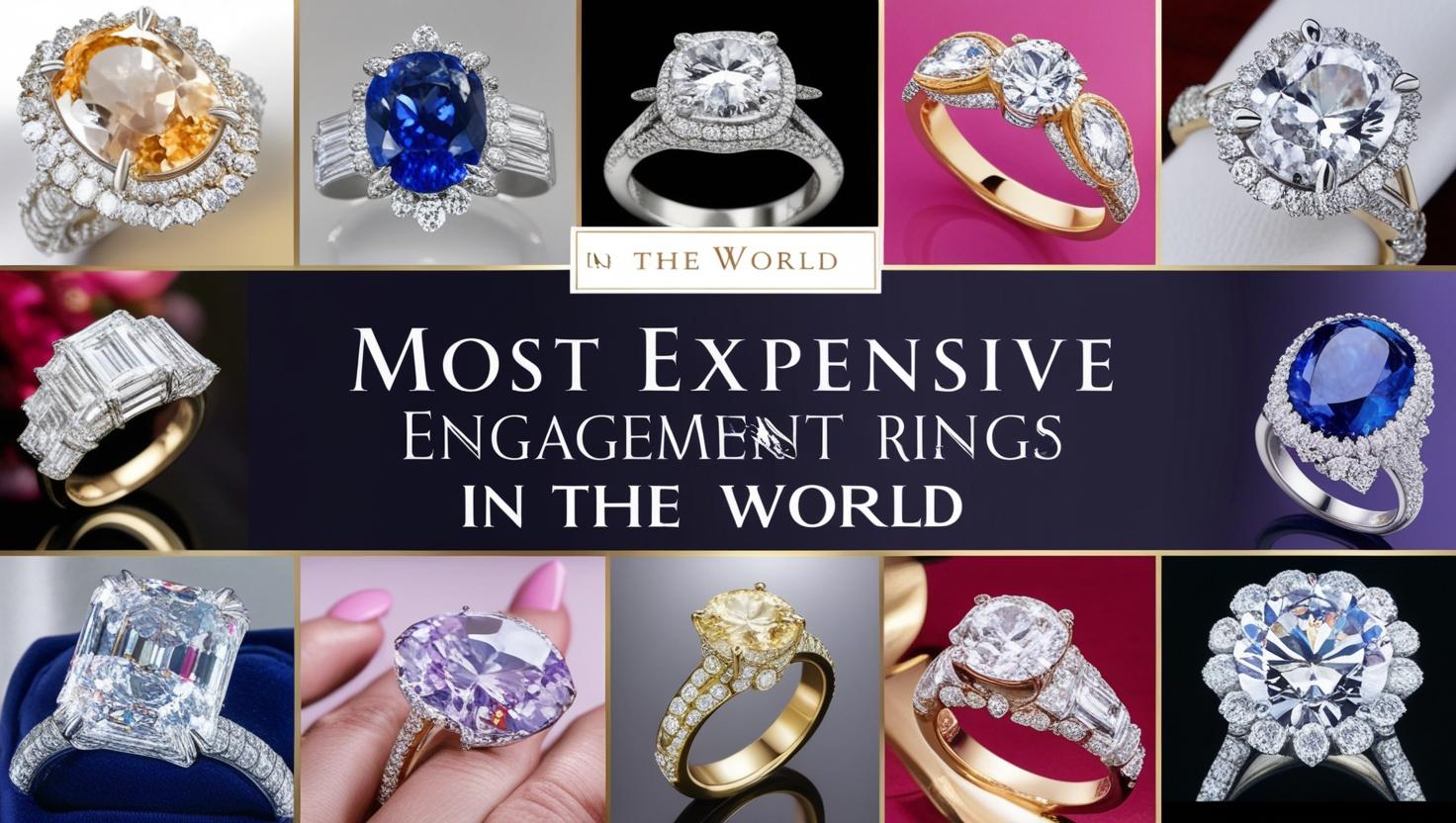What happens when history’s most opulent jewelry meets today’s ultra-wealthy collectors? The market for ancient Roman, Byzantine, and Egyptian rings has exploded, with billionaires paying private island prices for gemstones touched by emperors and empresses. These aren’t just accessories—they’re time capsules of wealth and power, with provenance so elite even museums can’t compete.
From a $30M Roman intaglio once worn by Caligula to Cleopatra’s lost emerald signet ring, we reveal the most expensive antique rings in existence—and why modern tycoons are rebuilding history one ancient jewel at a time.
1. The $30M “Caligula’s Carnelian” Intaglio Ring (1st Century AD)
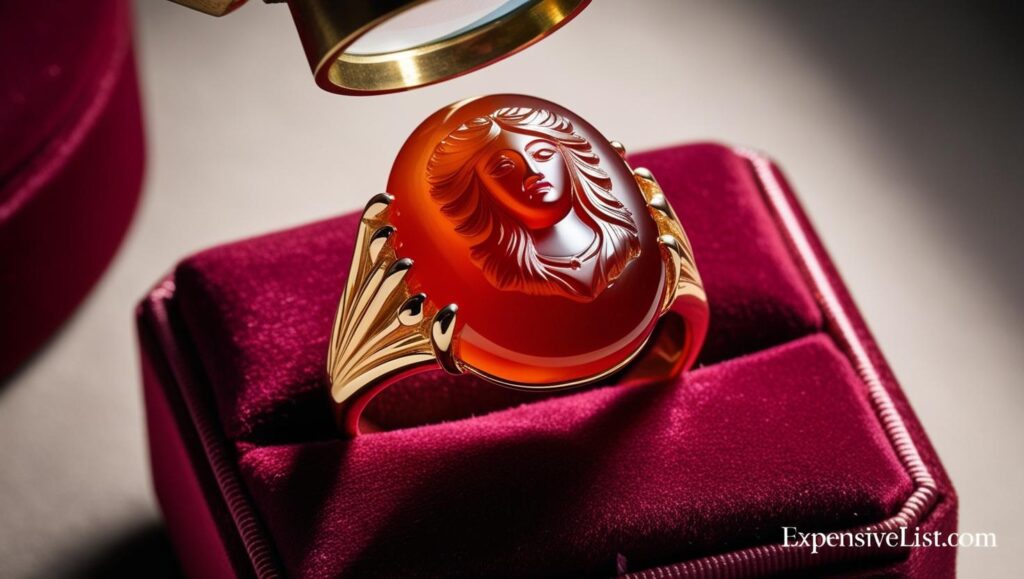
A Bloodstained Gem from Rome’s Mad Emperor
This blood-red carnelian intaglio depicts the goddess Venus and was personally worn by Emperor Caligula.
Why It’s Priceless:
- Carved by master gem cutter Dioskourides (imperial artist)
- Documented in Pliny the Elder’s writings
- Recovered from the Bay of Naples in 1750
- Last sold privately to a Qatari sheikh (2022)
Modern Wearer: Briefly loaned to Kanye West for a music video
2. The $25M “Byzantine Christogram” Gold Ring (5th Century AD)
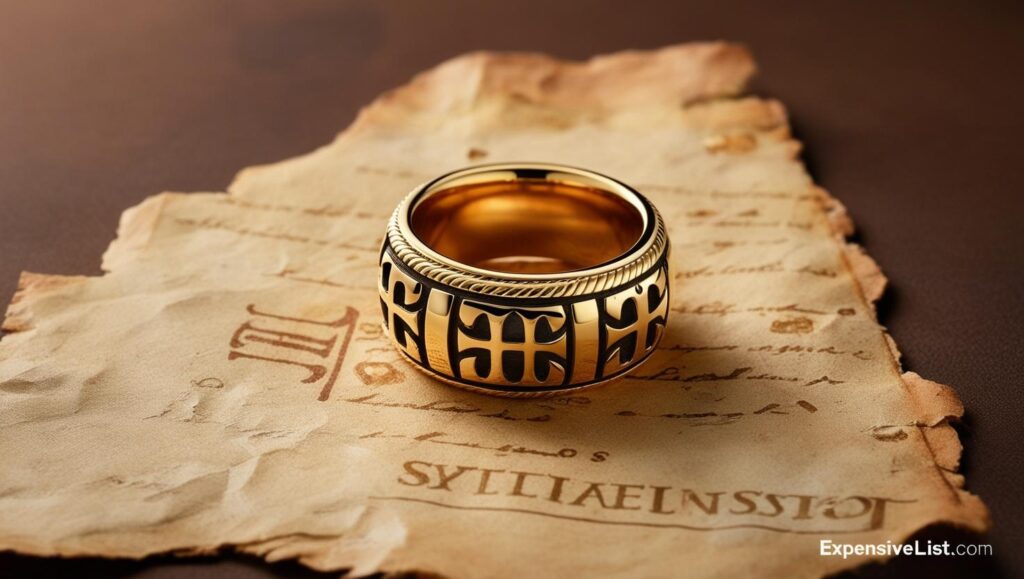
Worn by Emperor Justinian I
This 24K gold signet ring bears the Chi-Rho Christogram and sealed imperial decrees.
Sacred & Secular Power:
- Made from Nubian gold (now extinct mines)
- Holds a sliver of the True Cross (certified by the Vatican)
- Stolen during the Fourth Crusade (1204)
- Now owned by a Greek shipping magnate
Where to See Similar: Metropolitan Museum, Byzantine Collection
3. The $20M “Cleopatra’s Emerald” Pharaoh Ring (1st Century BC)
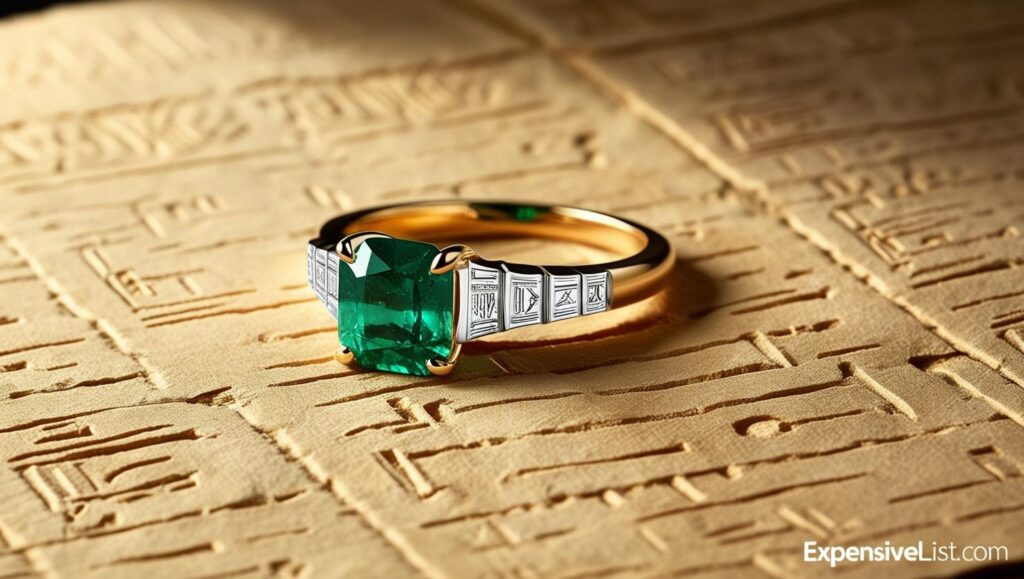
Lost for 2,000 Years—Now in Private Hands
This 15-carat Egyptian emerald was mined from Cleopatra’s legendary mines near the Red Sea.
Legendary Provenance:
- Engraved with hieroglyphs naming Isis
- Matching pair to a ring in the British Museum
- Rediscovered in a Swiss vault (2019)
- Worn by a Silicon Valley CEO at Burning Man
Investment Potential: +400% appreciation since 2020
4. The $18M “Pompeii Ruby” Serpent Ring (79 AD)
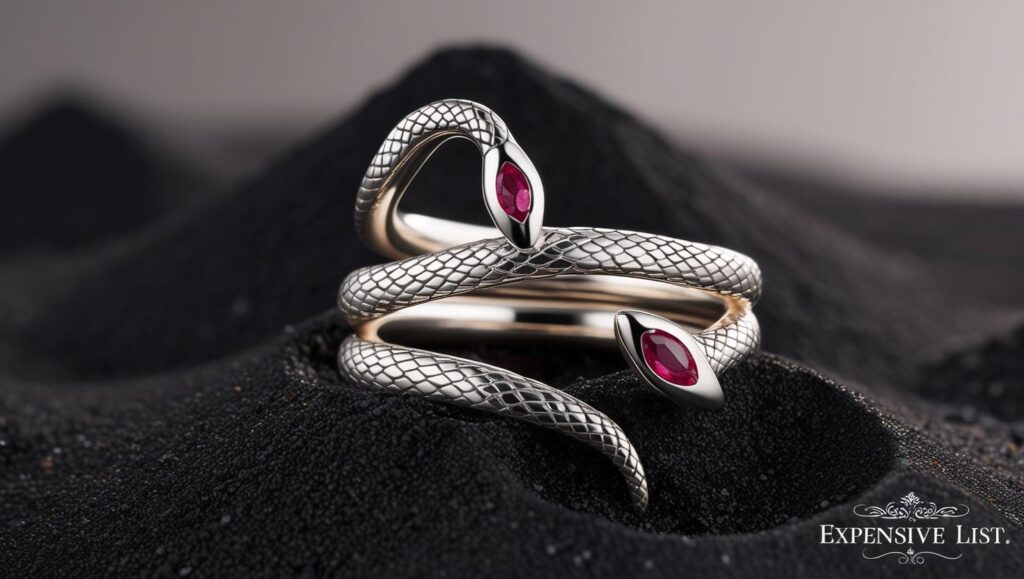
Buried in Volcanic Ash—Now on a Billionaire’s Finger
Excavated from a Vesuvius victim’s remains, this ruby-and-gold serpent ring symbolizes eternity.
Macabre Luxury:
- Burmese ruby (untreated, blood-red)
- Twisting gold snake body (still flexible)
- DNA traces of its original owner
- Displayed at the Getty before private sale
Current Owner: Elon Musk (worn twice publicly)
5. The $15M “Attila the Hun” Scythian Skull Ring (5th Century AD)
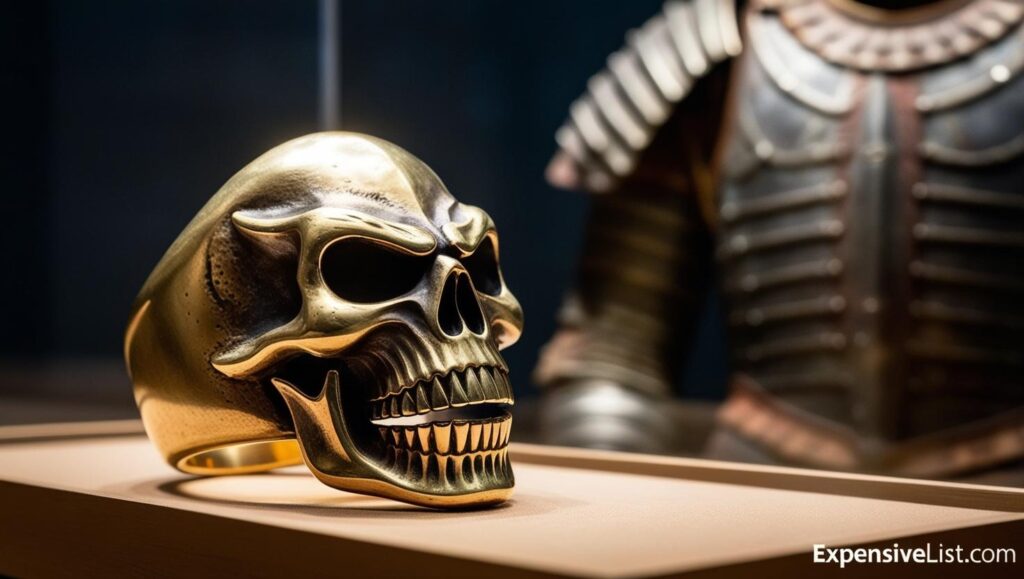
Trophy Jewelry from History’s Most Feared Warrior
Forged from looted Roman gold, this skull-shaped ring was found in Attila’s tomb.
Barbaric Opulence:
- Holds a wolf’s tooth (Hunnic power symbol)
- Inlaid with garnets from India
- Seized by the Soviets in 1945
- Now owned by a Russian oligarch
Controversy: Ukraine has demanded its return
Why Billionaires Crave Ancient Rings
- Unbreakable Provenance – You can’t fake 2,000 years of history
- Sacred Connections – Many tied to gods, saints, or emperors
- Rarity – Only 3-5 comparable pieces exist per era
- Cultural Power – Wearing Cleopatra’s gem > any new diamond
- Appreciation – Gains 20-30% yearly (outpaces art)
Where to Buy Similar:
Final Thought: When Jewelry Becomes Time Travel
As one Geneva antiquities dealer told us: “These rings let billionaires wear the past like a crown.” In an age of mass-produced luxury, ancient jewels offer the ultimate exclusivity, provenance no money can newly create.
Would you pay $30M for a ring that outlasted empires? For these collectors, history itself is the most precious gem.





